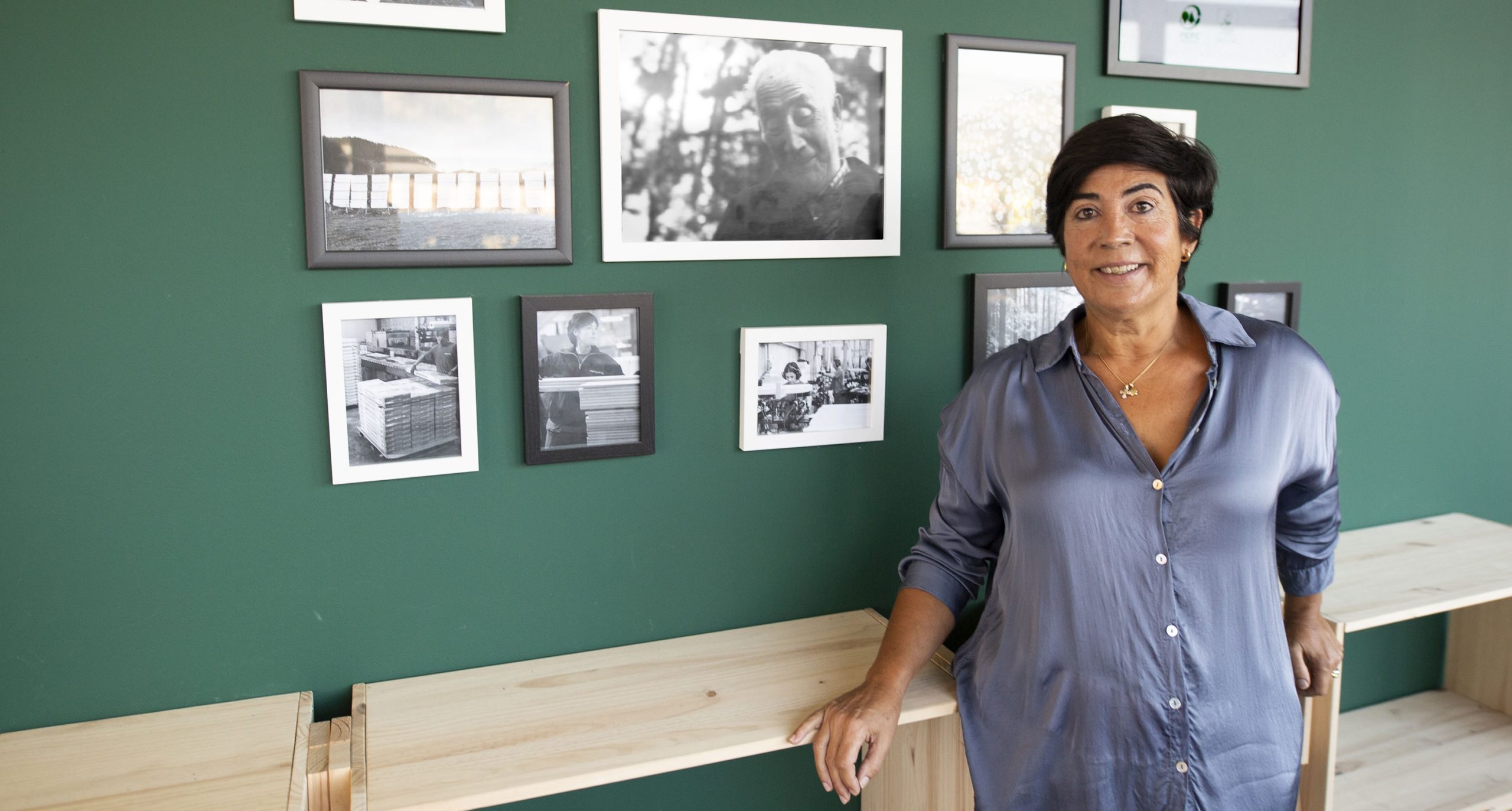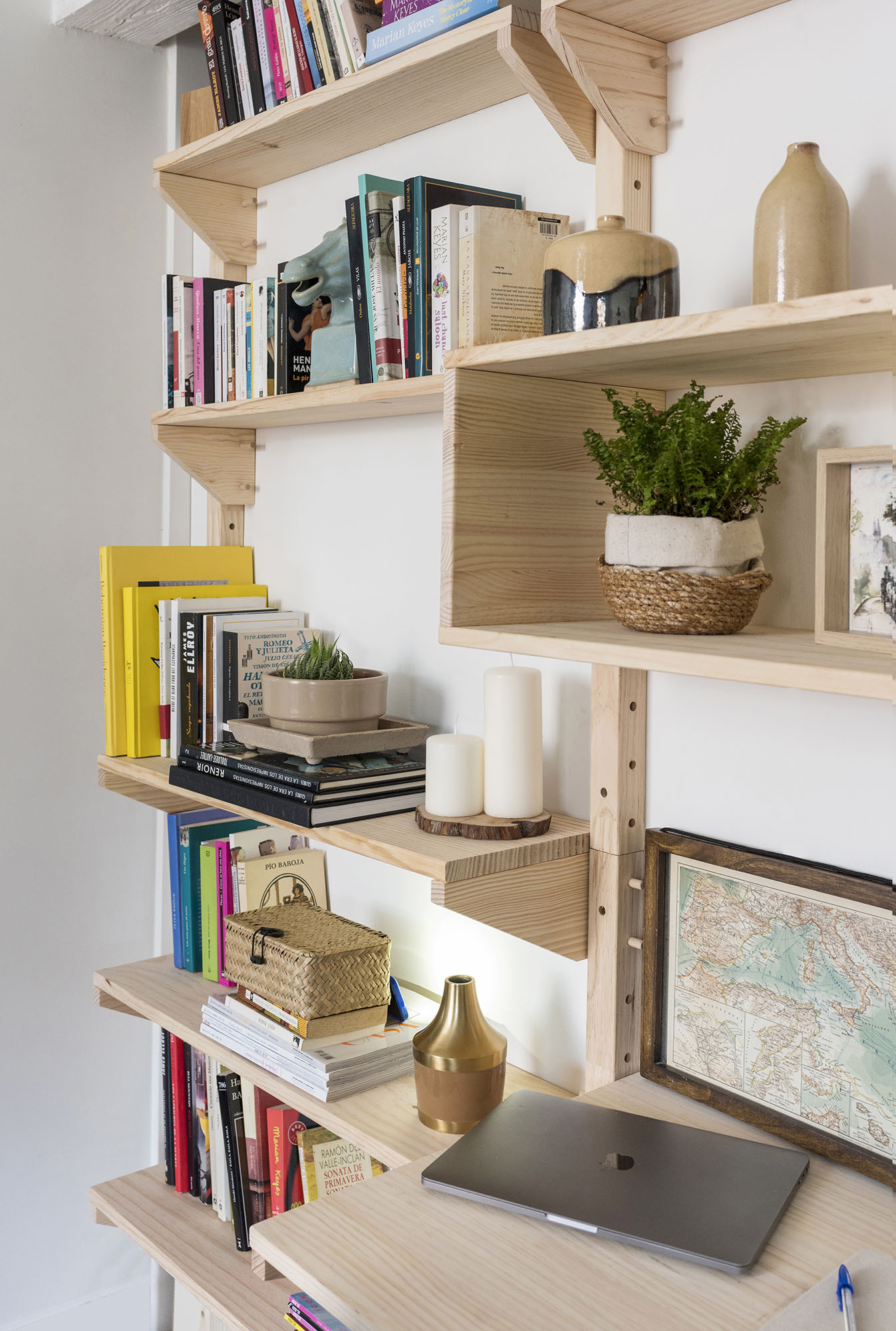To fight climate change and contribute towards a sustainable future and sustainable development, we need to preserve our forests. Aware of this fact, Astigarraga Kit Line has been working for 17 years in partnership with the Association for Spanish Forest Certification (PEFC). The aim is to guarantee our distributors and customers a supply of furniture and other household items made of solid pine wood from responsibly managed local forests.
Today we interviewed the general secretary of PEFC Spain, Ana Belén Noriega, with whom we discussed not only what this certification consists of and what sustainable management means, but also other issues such as the professionalisation of the forestry sector, the increase in the price of wood and green jobs. Noriega is clear: she argues that the products offered by nature are valuable as a means of protecting woodlands and states that forests are a driving force for rural development and the green economy. “A good example of green jobs are those created at Astigarraga Kit Line,” she claims.
“PEFC is born from the heart of the forest”
-Could you define PEFC in one line?
-PEFC is a non-profit organisation created to take proper care of forests and promote active and sustainable forest management through certification.
–Who are the people behind PEFC? What led to its creation?
-PEFC was born from the heart of the forests as a response from European forest owners to the demands of society to decide together on what is good forest management. In the 1990s, movements to improve the planet began with different agreements such as those on biodiversity, climate change and desertification, but no agreement was signed on forests.
Social, economic and environmental sustainability
-And what is good forest management?
Balanced forest management from the point of view of the three pillars of sustainability: economy, society and environment. Without forgetting any of them. And this management must work for today and for future generations, and not cause damage to third-party ecosystems or entities. PEFC also certifies the entire chain of custody of the products. Any product that comes out of the forest is able to be traced: from the origin—in your case, the wood, which is particularly valuable due to being local—to the final point, namely the consumer who needs the product.
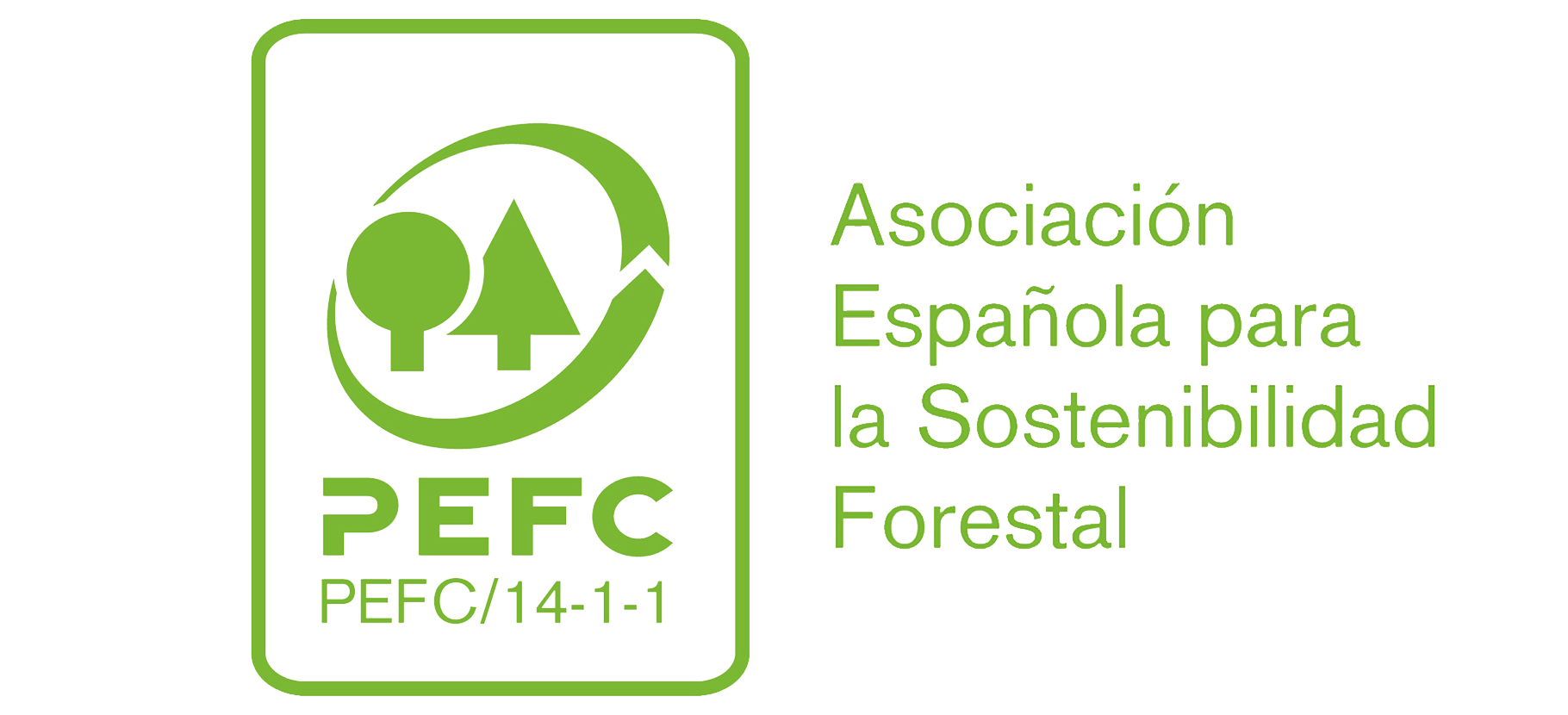
Forest management helps combat climate change
-How does PEFC guarantee the sustainability of products? What criteria does the wood have to meet to obtain this certification?
-Sustainability requirements are strict. Wood, like any other material extracted from a forest area, must be sustainably sourced for it to be endorsed. The PEFC seal also certifies that the wood promotes CO2 absorption, since an essential part of the criteria has to do with how forest management helps to combat climate change.
Wood is fine as long as it does not destroy a natural environment. For this reason, we are very mindful of biodiversity and we make sure that animal, plant and insect species are kept in balance. There are also other production requirements that ensure the manufacture of wood products meets demand.
-It is often thought that sustainable management is only about traceability, but it has a much broader scope that encompasses other things. In fact, you mentioned social sustainability earlier…
-That’s right. We cover everything from a squirrel being able to continue jumping around in its habitat, to the person going into the woods for work. The certification also takes into account social functions. People who live and work in this natural environment must be able to continue living and working in suitable conditions, in terms of health and safety. It is very important to know that the chain of custody also includes workers’ rights and that the eight basic conventions of the International Labour Organisation are complied with.
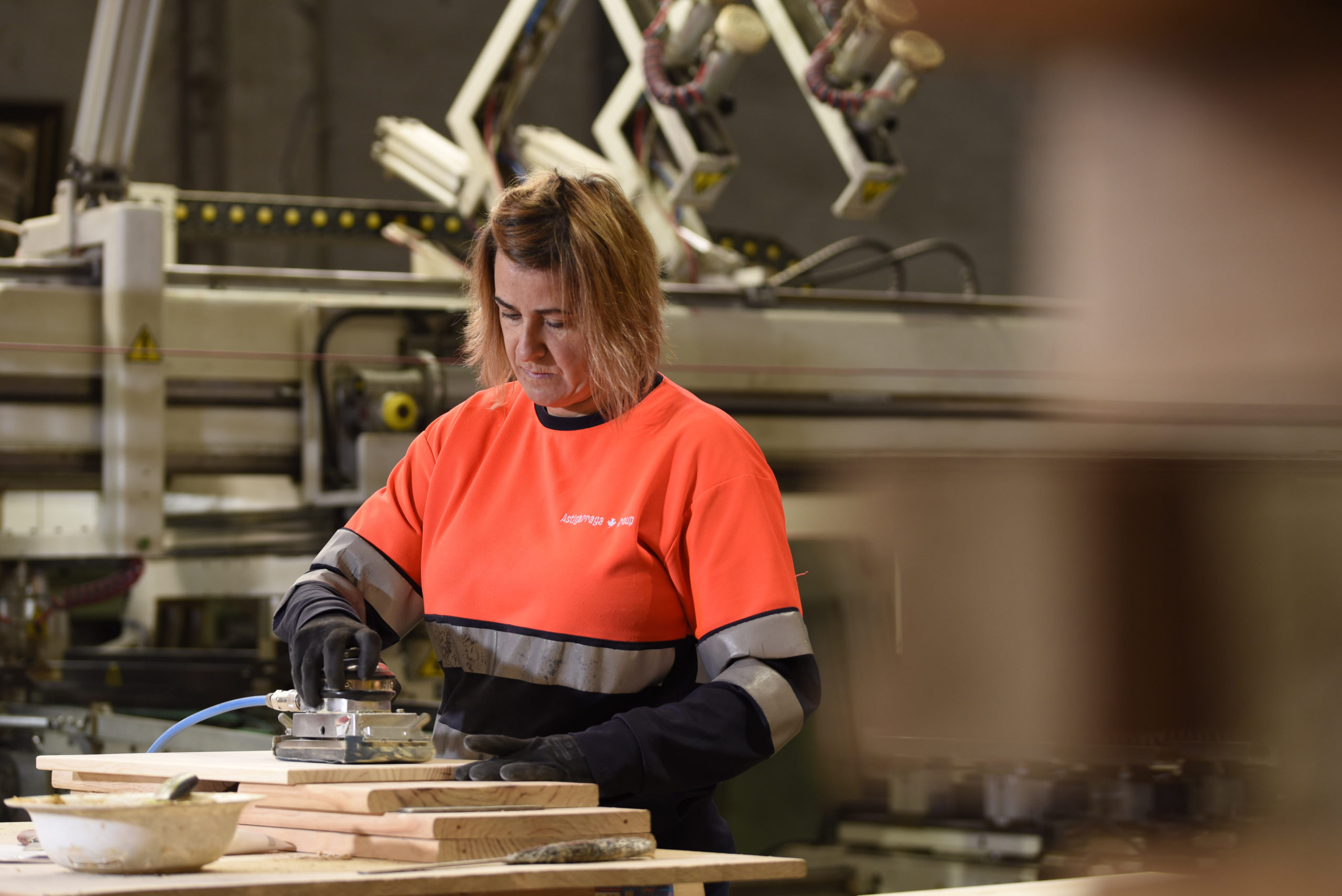
Social awareness
-PEFC is now 23 years old. And Astigarraga kit Line has been working in partnership with the organisation since 2005… For us, this seal is fundamental to guarantee that our wood is local and that we manufacture in an environmentally responsible manner. In your opinion, what are the benefits or advantages of the certificate?
-From our point of view, the most basic advantage is a secure supply of products. The security of knowing that your company is not going to suddenly receive wood that could get you into trouble because it’s from an uncontrolled source. The certification will guarantee the legality of that origin, as well as its sustainability. These two pillars give us the peace of mind to produce these types of materials and sell them to distributors who are looking for companies with this type of commitment.
And there is a second benefit, which is social awareness. Through your commitment, companies like yours are actively sending out a message. You label your products a lot, we love that, and I’m sure that when the consumer goes to pay at a department store or DIY store, they may not even notice it at first, but while they are waiting they might read the sign saying that your shelf unit, box or trestle comes from sustainably managed forests and controlled sources. This feeling is gradually being absorbed by society and helping to raise awareness. This work that you do impulsively is essential.
“Wood is renewable, reusable and recyclable.”
-At Astigarraga Kit Line, all our products carry the PEFC seal. We think we promote it a lot. We always say that wood is our raison d’être. To us it is an ideal raw material for creating natural and more sustainable living spaces. From your point of view, why choose wood over other materials?
-Some arguments are rational while others are more emotional. The well-being that we obtain from the touch, the smell and the presence of wood in our environment is something that we do not think about: we feel it. It would be unthinkable to have a gym with a concrete floor, as it is a place where well-being is necessary. It is a raw material that has been with us since time immemorial and it comes from a living being: a tree. It is a clean, renewable, reusable and recyclable raw material. Forests are huge carbon sinks.
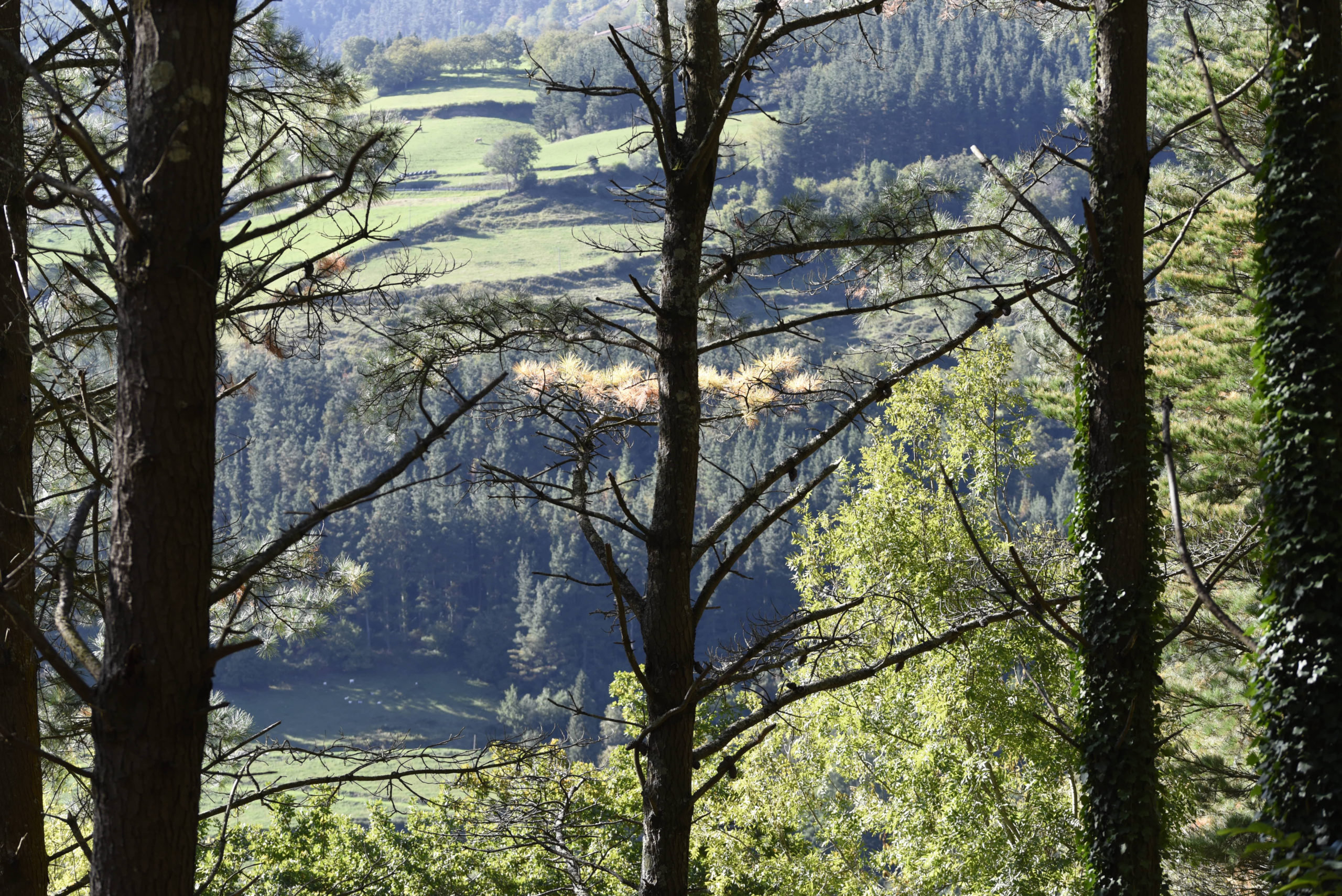
Moreover, in order to change the petroleum-based economy, what is in demand right now are products from nature. But nature does not have infinite resources; they will be depleted if not managed in a sustainable manner. Therefore, sustainable forest management seeks to take care of the life cycle of forests, so that, when a tree is removed, space is left for others to grow, and at the same time there is a supply of wood, which is essential for our culture, society and for an economy that allows renewable, recyclable and reusable products. For the latter, we should have a better salvaging policy.
-We are a circular bioeconomy…
.Absolutely. Paper has positioned itself very well in terms of the circular economy but society is not very aware of where wood products sit in this sense. There are hardly any wood salvage companies because there have been no campaigns to raise awareness about wood being reusable and recyclable.
Promoting the durability of wood
-Consumers are increasingly looking for sustainable and environmentally friendly products and services. Do you think the same is true for sustainable timber?
-Timber is a sector where we need to clearly explain the origin of the product and how things are done in the forests. The processes involved are much more natural, with a carbon footprint infinitely lower than other materials. People have a hard time understanding this and think that a tree is cut down to make each piece of furniture, leading to deforestation. This is not the case. When one tree is cut down, we leave room for another to grow, just as we will have to leave at some point to make room for others, because otherwise there would not be enough space for all of us. This is a conversation that needs to be had with society.
The things you buy made from wood are not things you buy today and throw away tomorrow, they are things that are going to be with you for a long time, years… the same forever. This permanence and sustainability is what the sector has struggled to sell in the right way. Another key value that has not been emphasised enough is the durability of wood products. The enormous potential of wood to be reused and recycled, and to provide a long life to furniture, without negatively impacting your business.
Locally sourced wood
-The dialogue at Astigarraga Kit Line is very focused on the values you mention. Is it a communication and marketing challenge?
-Absolutely. You buy wooden shelves to keep them for a long time, not to throw them away after a month, but to keep them or give them as a gift. One of your key values is locally sourced wood, which highlights how competitive your products are, for the mere reason that they are from here. It is very important and you must not stop communicating this and informing society, because there are so many items of clothing that you look at and realise are made in China, and on top of that they are not as cheap as they used to be. You should also highlight your capacity to generate employment; these are the types of things that all the companies operating in the Basque Country, the rest of Spain and in Europe in general should emphasise.
“We need to emphasise that we are taking care of our forests.”
-Indeed, our key value is the fact that the wood we use is local; it comes from the forests of Gipuzkoa and Bizkaia. As a company we are very attached to our land, to our environment, to our forests. Our business would have no future without them. We promote reforestation and caring for our forests. What is the objective of the campaign launched by PEFC, ‘Let’s take care of our forests’?
-It is a campaign for maintaining everything to do with caring for our forests and for promoting the people who work in these natural spaces, own them, manage them, take wildlife inventories and take care of them. It is a collective campaign where we ask you to send us a video and tell us why you take care of our forests. You live and breathe wood, your environment is infused with the smell of wood that comes from the forest. It is essential to highlight your knowledge, to convey the fact that you take care of our forests and to raise awareness of the professionalisation of forestry planning and generational renewal.
It is also important to keep in mind that green jobs are going to be very, very important for the future. These are those jobs that contribute to the transition from a linear carbon-based economy to a circular economy based on natural resources. In my opinion, the jobs created at Astigarraga Kit Line are a good example of this. With your raw materials you are contributing to this transition to a green economy. And for the forestry sector to influence GDP.
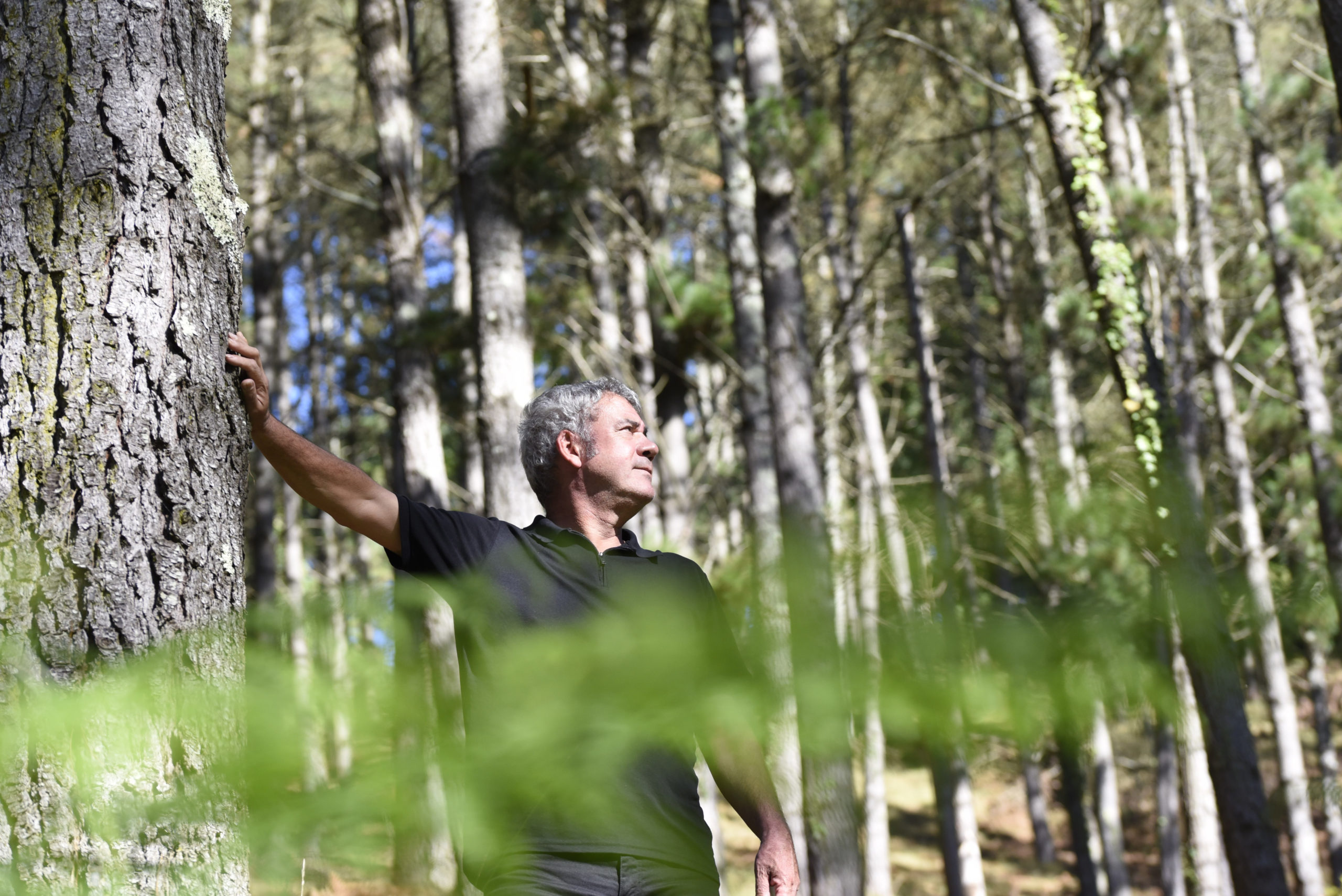
The Basque Country: at the forefront of forest areas
-Our wood is local; it comes from the forests of Gipuzkoa and Bizkaia. What is the current situation with forests in the Basque Country? And in Spain? How much of the forest area is PEFC certified?
-There are 2,560,000 hectares certified in Spain, which represents 12% of the total forest area. There is still much to be done. The forest planning rates in Spain are low. We are at around 18% forest planning. We need you, the industry, to know what you will have in 10, 20 and 30 years, with resource planning, so that everything is closed and we play an appropriate role in the bioeconomy.
In the Basque Country there are 101,987 PEFC certified hectares, managed by 3,036 foresters and forest owners, and 143 PEFC certified companies in the chain of custody.
-We have a crisis right now when it comes to materials, and this includes wood. We are experiencing enormous increases in the price for this commodity. Covid led to great demand. And now there’s the war in Ukraine. How do you see things evolving?
-There is no doubt that in times of conflict there is a general crisis in all commodities, in terms of management and demand. Demand increases in anticipation of future stock shortages. This oversupply also leads you to target markets that may not be typical for you, but you go after them anyway. Crises occur because we as humanity are not getting along very well with each other or with the planet. We bring these effects on ourselves.
-Is a crisis looming?
-When you pay for an item or a brand, you’re paying for a technology, for a certain way of doing things, for peace of mind, which is why the price is worth it. If we’re talking about local wood, sustainability, circular economy, green jobs, etc., the product may be a little more expensive due to the circumstances, the society, the market, etc., but the distributor or buyer should understand that it has to be this way.
Looking to the south
-Russia and Ukraine are major producers of timber. And now that the doors are closed, we are looking towards the south. Is that why?
-As soon as the United Nations made the declaration on April 4, PEFC issued a statement that timber from Russia and Belarus was now deemed conflict timber. There is also added complication with Ukraine because it is impossible to control what is happening there. And these troubled waters can lead to indiscriminate logging and destruction of natural areas in order to make money. It is very important to have local markets, the forests in Southern Europe, ready to respond with a stock of resources available in our environment.
And I stress again, we must learn the lesson that we need to maintain adequate territorial planning and bear in mind that these productive forest areas serve two purposes: CO2 fixation, to help us combat climate change, and also providing us with raw materials. It is important to see where and how we can create these planted forests to supply us with raw materials. And it’s better for this to be closer, because if further away… It is all very well that everything has become so globalised… But the forestry sector on a worldwide scale is too complex and fragile, and any breakage will harm the balance on a global scale.

